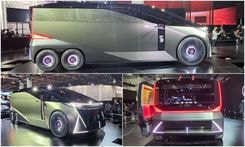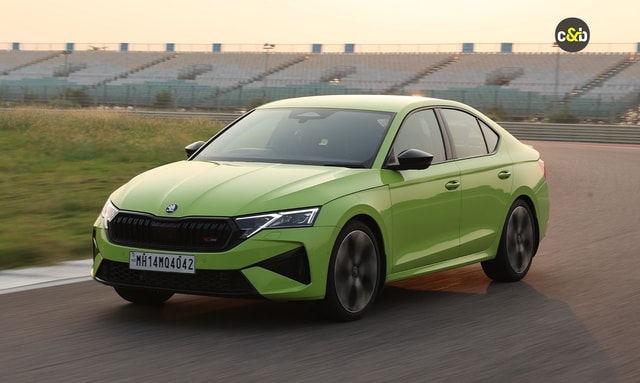Electric Vehicle Sale In Delhi Six Times Higher Than National Average: City Govt

Electric vehicles accounted for nine per cent of the total vehicle sales in Delhi during September-November, six times higher than the national average, the city government said on Tuesday. Delhi is emerging as the EV capital of India, it said in a statement.
The national capital is doing everything possible to reduce its contribution to pollution, Chief Minister Arvind Kejriwal said.
"I'm glad Delhi is emerging as the EV capital of India with a 9% share of EVs. Delhi is doing everything possible to reduce its contribution to pollution," he tweeted.
Delhi's progressive electric vehicle policy has turned out to be a huge success, and sale of electric vehicle is rising fast, Transport Minister Kailash Gahlot said.
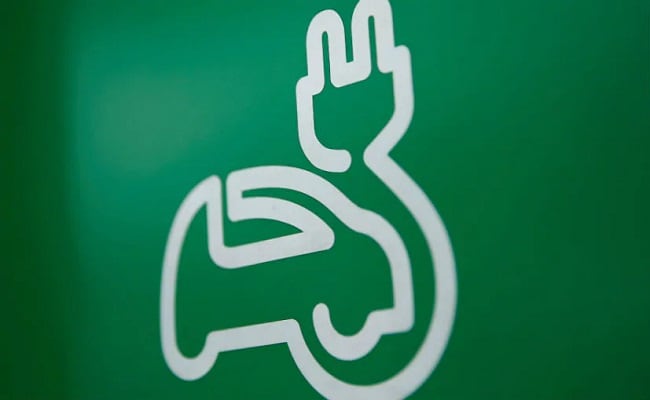
Sale of electric vehicles surpassed CNG and diesel vehicles in Delhi in the last quarter.
Electric vehicles accounted for nine per cent of the vehicles sold in the city, while the national average stands at 1.6 per cent, the statement said.
Sale of electric vehicles surpassed CNG and diesel vehicles in Delhi in the last quarter. The sale of CNG vehicles has fallen to seven per cent as EV sales rise, it said.
A total of 9,540 electric vehicles were sold in Delhi during September-November quarter. Of this, September saw sale of 2,873 EVs, while 3,275 EVs were sold in October and 3,392 in November, the statement said.
EVs have risen to the second position in sales figures after petrol vehicles, which took the first place at 82,626. At the same time, electric vehicles surpassed popular choices like diesel and CNG by a significant margin. A total of 7,820 CNG vehicles and 2,688 vehicles were sold in the quarter, it said.
In the hybrid category, 3,918 petrol+CNG vehicles were sold, while 1,429 petrol+other hybrid variants were sold, the statement said.
The Delhi government's EV Policy sets a target of 25 per cent EVs among the total vehicle registrations by 2024.

For electric two-wheelers, the subsidy amount is Rs 5,000 per kWh of battery capacity
Delhi was first in the country to exempt road tax and registration fees for all EVs, it said.
The Delhi government and power discoms have facilitated the setting up of 201 charging stations with over 380 charging points across the city in the past two years - the highest for any city nationally. Another 600 public charging points are to be added by mid-2022, the statement added.
A subsidy of Rs 10,000 per kWh of battery capacity, maximum of up to Rs 1.5 lakh, was provided by the Delhi government for the first 1,000 four-wheeled electric vehicles sold.
For other electric vehicles, including two-wheelers, the subsidy amount is Rs 5,000 per kWh of battery capacity, with a maximum of up to Rs 30,000 per vehicle.
Trending News
Latest News
 car&bike Team | Nov 15, 2025Tata Sierra Unveil LIVE Updates: Specifications, Features, Images1 min read
car&bike Team | Nov 15, 2025Tata Sierra Unveil LIVE Updates: Specifications, Features, Images1 min read Shams Raza Naqvi | Nov 14, 2025New Tata Sierra World Premiere Tomorrow: What To ExpectThe iconic Sierra nameplate is returning to the market after a long hiatus and before its actual launch Tata Motors is doing a special preview of the SUV1 min read
Shams Raza Naqvi | Nov 14, 2025New Tata Sierra World Premiere Tomorrow: What To ExpectThe iconic Sierra nameplate is returning to the market after a long hiatus and before its actual launch Tata Motors is doing a special preview of the SUV1 min read Bilal Firfiray | Nov 14, 2025Bentley Supersports Is The Most Insane Flying B EverBentley has officially launched its new Supersports model, which shifts focus from luxury to entirely on driver engagement. How much, you ask? 666bhp going only to the rear wheels, Bentley says.2 mins read
Bilal Firfiray | Nov 14, 2025Bentley Supersports Is The Most Insane Flying B EverBentley has officially launched its new Supersports model, which shifts focus from luxury to entirely on driver engagement. How much, you ask? 666bhp going only to the rear wheels, Bentley says.2 mins read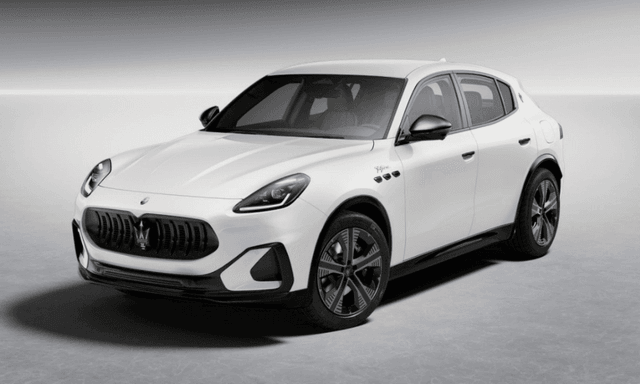 car&bike Team | Nov 14, 2025Maserati Grecale Folgore Launched In India At Rs 1.89 CroreThe Grecale Folgore is Maserati’s first electric car and gets a 105 kWh battery pack.2 mins read
car&bike Team | Nov 14, 2025Maserati Grecale Folgore Launched In India At Rs 1.89 CroreThe Grecale Folgore is Maserati’s first electric car and gets a 105 kWh battery pack.2 mins read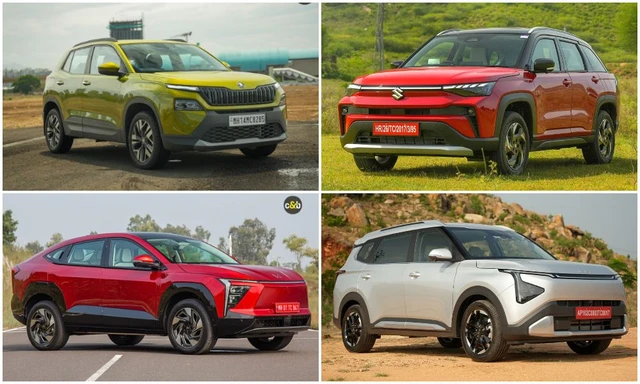 car&bike Team | Nov 14, 2025Car Sales Witness A Healthy Jump In October 2025, Modest Growth For Two-WheelersThe Society of Indian Automobile manufacturers has released the nationwide data of vehicle wholesales for the month of October which show a significant rise in car sales1 min read
car&bike Team | Nov 14, 2025Car Sales Witness A Healthy Jump In October 2025, Modest Growth For Two-WheelersThe Society of Indian Automobile manufacturers has released the nationwide data of vehicle wholesales for the month of October which show a significant rise in car sales1 min read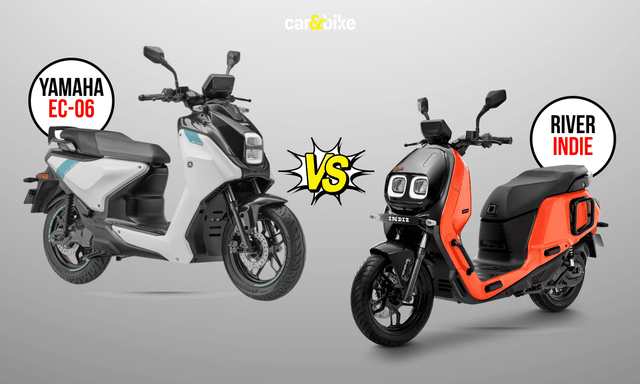 Jafar Rizvi | Nov 14, 2025Yamaha EC-06 vs River Indie: How Different Are The Two Electric Scooters?The EC-06 shares its foundation with the River Indie, and here we look at the differences between the two.4 mins read
Jafar Rizvi | Nov 14, 2025Yamaha EC-06 vs River Indie: How Different Are The Two Electric Scooters?The EC-06 shares its foundation with the River Indie, and here we look at the differences between the two.4 mins read




